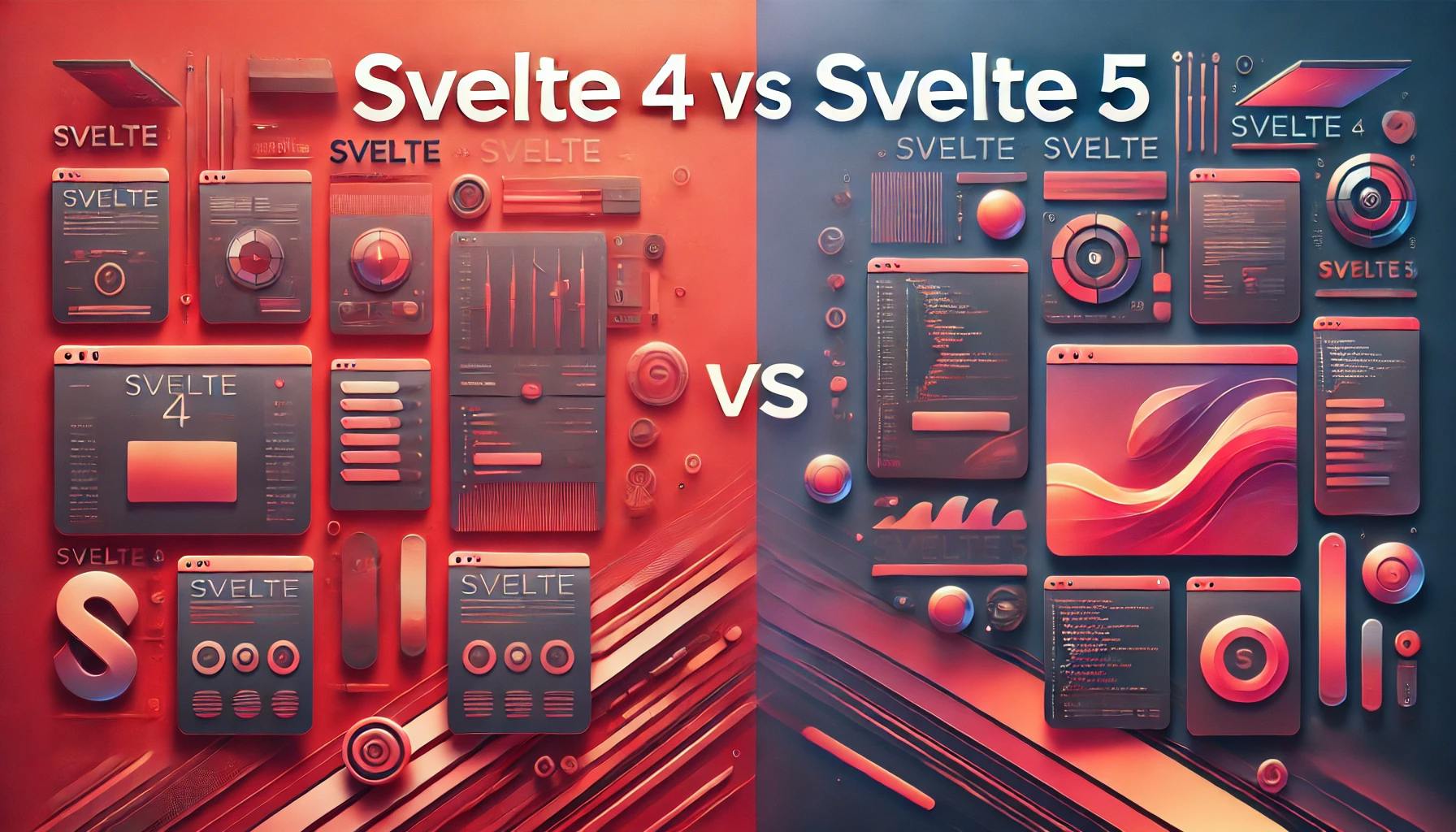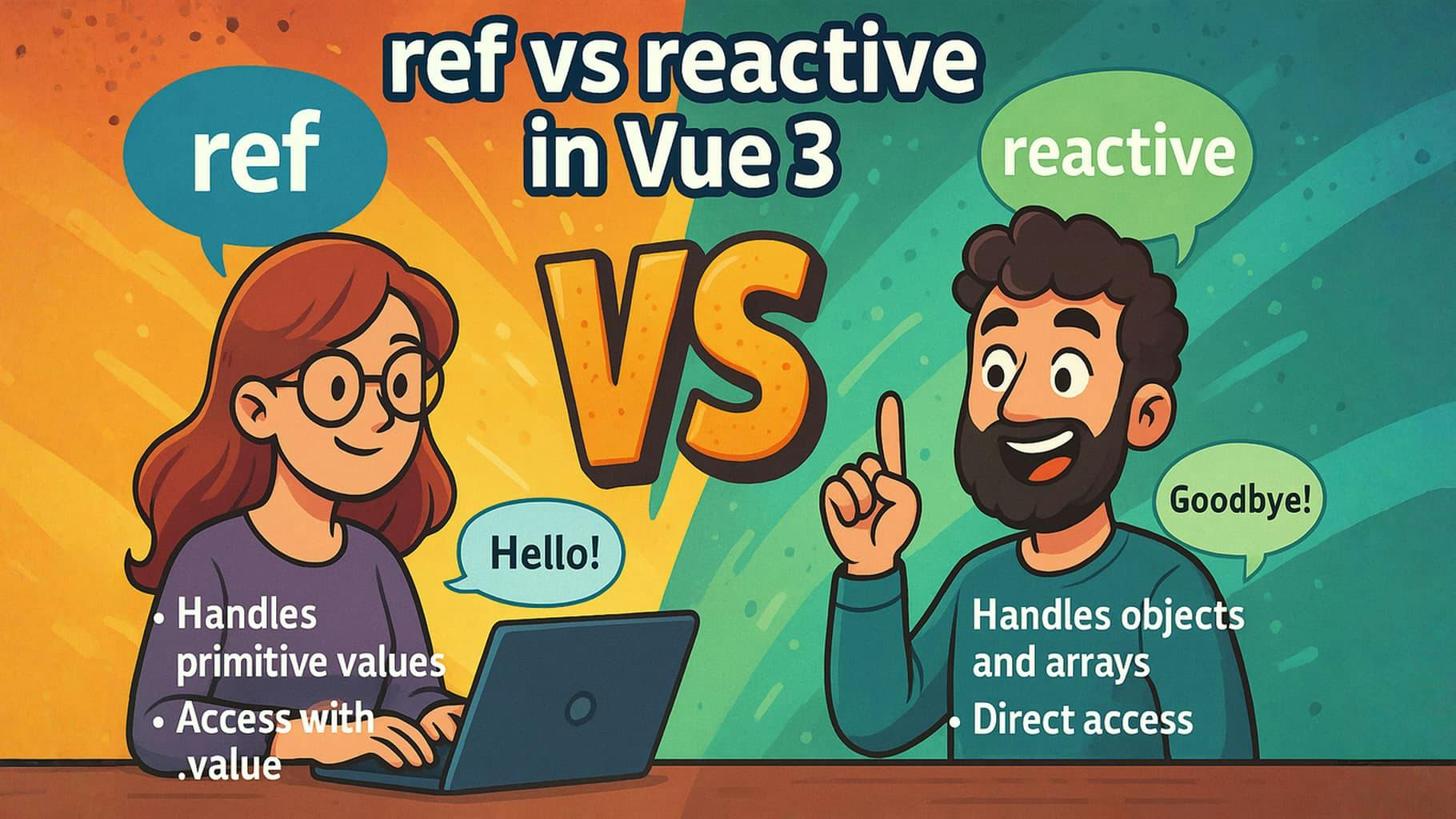Svelte 5 Reactive Statements vs Svelte 4 Reactive Statements


Svelte, a popular front-end framework, has always been celebrated for its unique approach to reactivity. With the introduction of Svelte 5, the framework has refined its reactive statement model, taking it a step further to offer developers more clarity, power, and control. Here, we delve into the differences between Svelte 4 and Svelte 5’s reactive statements, highlighting how they cater to modern development needs.
In Svelte 4, reactivity was driven by the $: syntax. This declarative approach allowed developers to define reactive statements and variables that automatically updated whenever the dependencies changed.
<script>
let count = 0;
$: double = count * 2;
function increment() {
count += 1;
}
</script>
<p>{count}</p>
<p>{double}</p>
<button on:click="{increment}">Increment</button>Here, the $: syntax ensures that the double variable is recalculated every time count changes. This model is straightforward and integrates seamlessly with Svelte’s compiler-driven updates, but it does have limitations, particularly in complex scenarios where managing dependencies explicitly can become cumbersome.
| Feature | Svelte 4 | Svelte 5 |
|---|---|---|
| Syntax and Explicitness | $: syntax for implicit reactivity | Runes like $state and $derived for explicit reactivity |
| Granularity | Compiler determines dependencies automatically | Developers define reactive dependencies explicitly |
| Debugging and Maintenance | Challenging in complex dependency scenarios | Easier with explicit state and derived declarations |
| Compatibility and Learning Curve | Beginner-friendly and quick to adopt | Slight learning curve but better for complex apps |
Svelte 5 introduces a new concept known as "runes," which redefine how reactivity is handled. Runes, such as $state and $derived, provide a more explicit and controlled mechanism for declaring reactive variables and derived states. This shift offers developers a better understanding of data flow and more granular control over reactivity.
<script>
let count = $state(0);
const double = $derived(() => count * 2);
function increment() {
count += 1;
}
</script>
<p>{$count}</p>
<p>{$double}</p>
<button on:click="{increment}">Increment</button>Here, count is explicitly defined as a reactive state using $state, and double is a derived value that automatically updates whenever count changes. By using runes, Svelte 5 separates the declaration of state from its derived calculations, making the logic more explicit and easier to debug.
<script>
let numbers = $state([1, 2, 3]);
const sum = $derived(() => numbers.reduce((a, b) => a + b, 0));
function addNumber() {
numbers = [...numbers, numbers.length + 1];
}
</script>
<p>Numbers: {$numbers.join(', ')}</p>
<p>Sum: {$sum}</p>
<button on:click="{addNumber}">Add Number</button>This example demonstrates how arrays can be managed reactively with $state and $derived.
<script>
let isLoggedIn = $state(false);
const statusMessage = $derived(() =>
isLoggedIn ? "Welcome back!" : "Please log in."
);
function toggleLogin() {
isLoggedIn = !isLoggedIn;
}
</script>
<p>{$statusMessage}</p>
<button on:click="{toggleLogin}">{$isLoggedIn ? 'Log Out' : 'Log In'}</button>This example shows conditional reactivity, where the statusMessage updates based on the isLoggedIn state.
<script>
let user = $state({ name: "John", age: 30 });
const greeting = $derived(() => `Hello, ${user.name}!`);
function updateName(newName) {
user = { ...user, name: newName };
}
</script>
<p>{$greeting}</p>
<input type="text" placeholder="Enter name" on:input={(e) =>
updateName(e.target.value)} />This example highlights how objects can be used reactively, updating the greeting whenever the user.name changes.

A complete guide to upgrading your SvelteKit project to Node.js 22. Learn how to resolve dependency issues with Vite, adapters, and npm

Learn the key differences between ref and reactive in Vue 3. This guide covers primitives, objects, and common pitfalls to help you code better.